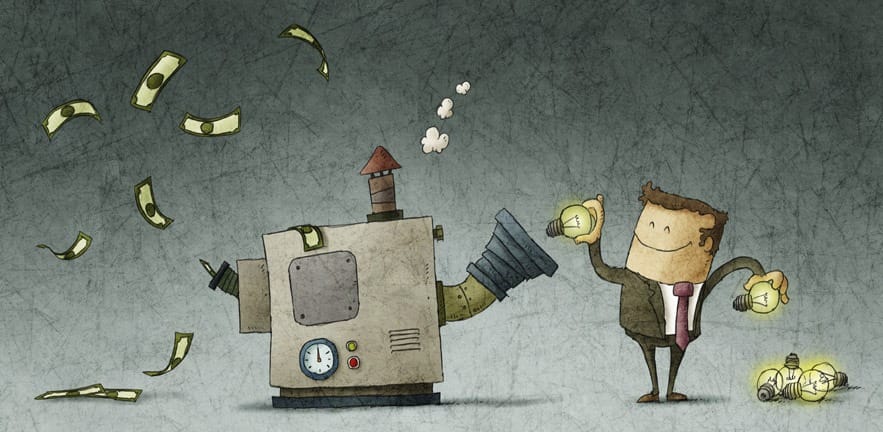How can you tell if your business is capable of the type of innovation that could transform an entire industry? Look out for the key indicators.

Innovation is often seen as an intangible ingredient in a business’ success, a magic sprinkling of know-how, forward-thinking and good fortune. But now there’s a more concrete way to assess your business’ potential to innovate.
“Our research shows that if a business is to achieve genuinely transformative innovation at least a few of six ‘degrees of innovation’ – six ways by which technological developments support market needs – must be present,” says Stelios Kavadias, Margaret Thatcher Professor of Enterprise Studies in Innovation and Growth and Director of Research.
His research suggests that transformative innovation arises where the needs that emerge from the gaps between demand and supply trends – including rapidly rising global demand for products and services, increased commodity costs and the appearance of new groups of customers – find fulfilment through technological changes, including new mobile technologies, big data analytics tools and emerging technologies such as 3D printing.
So is your business capable of transformative innovation? Here are the indicators you should be looking for, and examples of where it’s being done well:
Personalisation – you have tailor-made products and services that meet individual customer needs
Amazon’s personalisation engine and analysis of customer data have helped it become a dominant online marketplace. But the value of personalisation can also be seen within a number of other industries, including financial services, where mobile technologies and data analytics are enabling financial services providers to offer services tailored according to individual requirements and preferences.
Circular economy – your business model minimises waste and manages resource costs effectively
Examples of circular economy business models include that of technology company Ricoh, which recycles unusable products and is exploring the practical value of crushing waste materials then shipping them to manufacturing facilities in Asia for use in production of new components. The company is attempting to reduce input of new resources by 25% against 2007 levels by 2020; and by 87.5% by 2050.
Use of shared assets – jointly-used or even jointly-owned assets will increase efficiency and reduce costs
Using shared assets helps businesses cope with increased production and transportation costs. Mobile technologies enable peer-to-peer businesses to offer customers greater flexibility in terms of delivering products or services to a specific location at a specific time. Services like Zipcar, Airbnb and Uber, for example, allow individuals to rent out their own houses, cars, parking spots and other items. The latter two organisations are also branding services without actually employing the individuals delivering the service or owning the assets used to provide the service.
Usage-based pricing – a model for success
A growing number of companies now use pay as you go pricing mechanisms, with some services that match service providers to consumers also exploiting mobile technology and personalisation, delivering services via smartphone or tablet apps. These business models have also had an impact in the business-to-business sector, as in the case of the London-based business Eden McCallum, which matches companies seeking consultancy services with freelance consultants.
Engagement in broad ecosystems – your business has risk-resilient and collaborative value chains
Using information to monitor the supply chain gives businesses a better understanding of supply chain risks; and enables better communications and operational and strategic cooperation with other stakeholders. This also helps to manage increased production costs, distribution costs and product diversity. US online retailer Wayfair has a supply chain that is really just an integrated communications network. It offers consumers more than seven million products sourced and largely picked and packed by more than 12,000 suppliers, with Wayfair holding very little inventory itself.
Dynamic and delegated decisions – a key to adapt to continuously changing but data rich environments
Clothing retailer Zara is among the companies using data to enable it to adapt to changing customer needs rapidly, providing customers with new items of clothing every couple of weeks. Data analytics is also used to track sales of different designs in different stores.
“We are now extending our research to try to determine what determines whether a business should have more than one of the six degrees, and which degrees should these be” says Kavadias. “We want our findings to provide business leaders with an assessment tool that allows them to ask whether they are doing enough to create the environment for true innovation. We hope this will encourage debate and discussion within companies about changes they could make to increase their innovation potential.”

